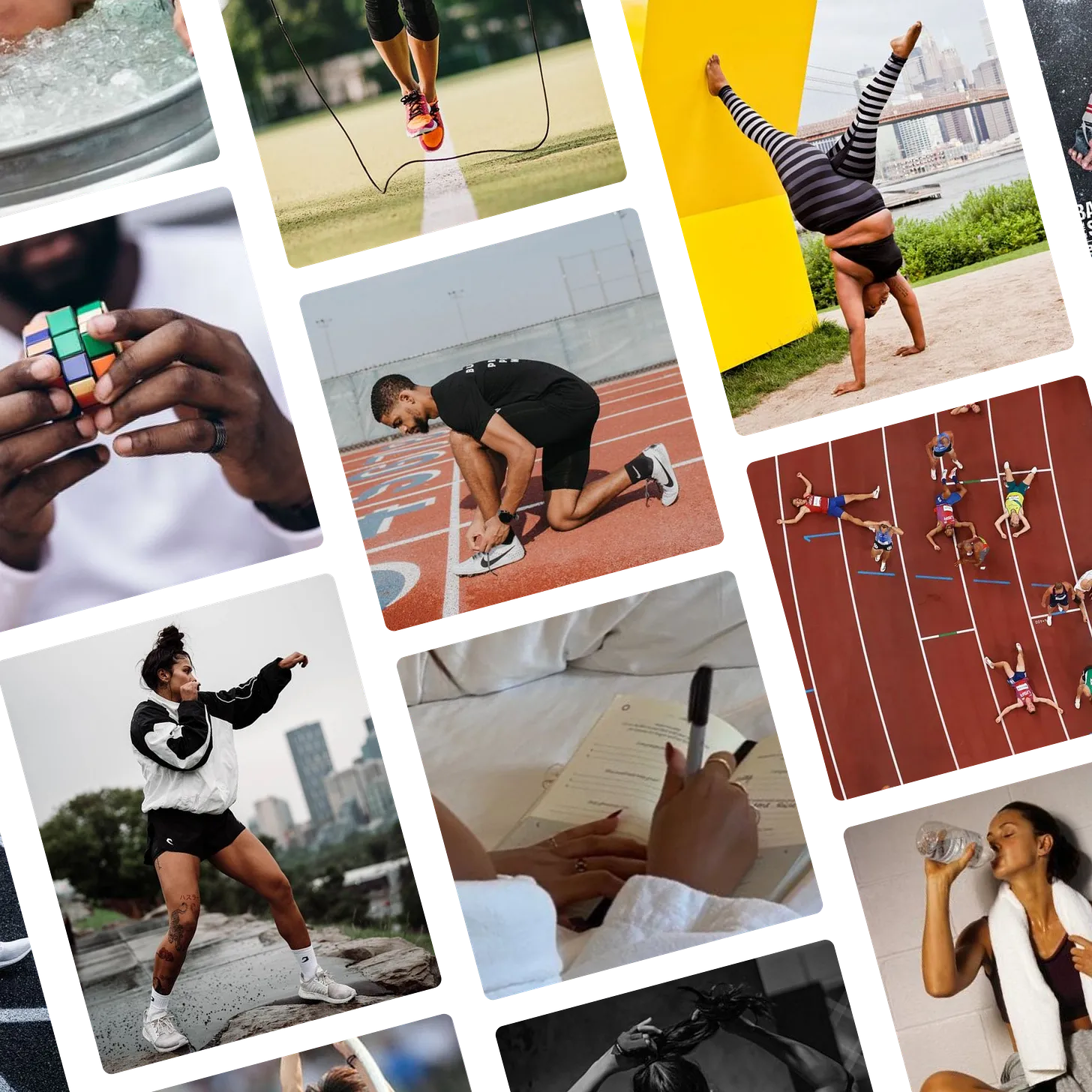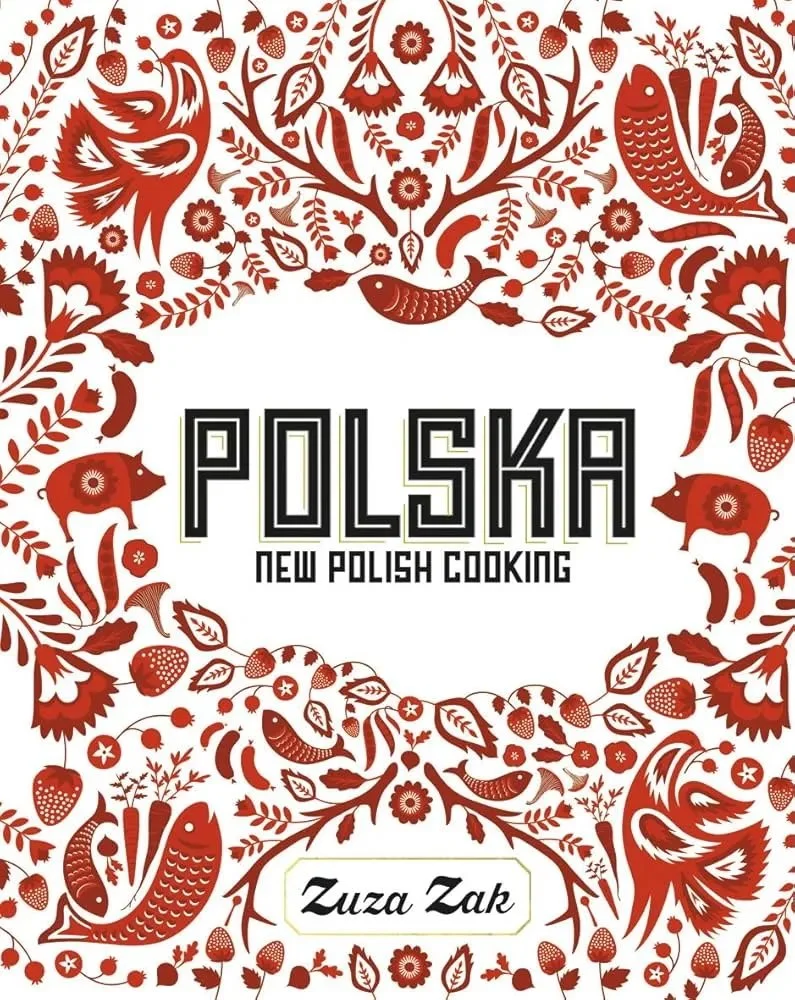Issue 13: Meet Your Heroes
On (Super)humanity.
🧘 The calm behind the storm
I’m not a big fan of hero worship. Not only do I believe the greats have a tendency to disappoint, but I think the concept itself lets all of us off too easy. After all, if heroes are a class all their own, then we can leave greatness to them; the rest of us don’t stand a chance. Even so, watching the Olympics this past week, I’ve found myself getting caught up not only in the incredible athletic achievements I’ve been privileged to witness but the people behind them. From Simone Biles’ unreal triple-double tumbling pass to Katie Ledecky leaving the competition half a pool-length behind, to Steve Nederoscik throwing off his glasses and putting US Men’s Gymnastics on the map, I love celebrating what makes my favorite athletes seem superhuman. But what has really stood out the most to me, this year more than any other, has been the many ways they remind us that they’re human after all.
The more success stories I hear, the clearer it becomes that the day-to-day reality of reaching a goal rarely looks heroic. The path to greatness is paved with lactic acid buildup and constantly falling off your skateboard. It starts with getting down and dirty with mental health or with using your Rubik’s cube to tune out the world. It means being willing to suck after coming back from “career-ending” illness. It requires knowing when to go harder or slower than might be comfortable. It means cheering for your rivals and believing the greatest are beatable. And in a year when many of this year’s athletes have fought and won not only in competition but against limiting conceptions of who is too old or too big or too nerdy or too washed-up to be an Olympian, it is clearer than ever that walking the path to greatness requires rejecting the notion that there is any one path to greatness.
That’s why this week we’re looking at design and branding through what makes a hero. What are our heroes doing right? What can all of us do to achieve greatness (whatever that means to us)? How do we tough it out when we feel like giving up? And what specific songs help Simone and Sha’Carri get competition-ready? Read on to find out!
✨ Moodboard of the week
The Meet Your Heroes moodboard looks behind the scenes on the road to greatness. It starts with tying your shoes, competing against no one, staying hydrated, taking care of your mental health, staying committed when the spotlight is off, taking time for your hobbies, and giving everything you have to the outcome you want to see. Click below to see the original images and full board on Pinterest!
🔍 Question of the week
“How do you design a logo from scratch?”
Part 3: Concepts and Brainstorming
This part of the design process is the most rewarding because it is by FAR the hardest. The goal at this stage is to create a symbol that embodies every message my client wants to communicate, embodies the visual vibe they want to go for, and looks iconic and unique in and of itself. But while there are many techniques that can theoretically take us there, the harsh reality is that ideas are extremely hard to come by, and many ideas that seem great in your head just don’t meet the mark on paper. There really is no hard-and-fast formula to get from nothing to something, and the road to get there requires a lot of faith in the system, commitment to moving forward, and forced confidence that things will work out in the end.
I always aim to get 3-5 solid concepts after this stage, since even if a concept works perfectly on a conceptual level, my client may simply not like it! Here’s what the journey to get there looks like:
Visual and verbal association
This stage always starts with collecting specific visual and verbal cues to play around with. This starts by doing a deep dive into the visual inspiration we gathered in Step 2 and listing out any immediately relevant shapes and styles. I also do extremely extensive word association and mind-mapping to uncover any other evocative concepts, shapes, or imagery.Mental concepts
Once I gather a list of visual and verbal ideas, I start trying to think of clever combinations of shapes, letters, and styles that I think will translate well into real concepts. This may involve sitting and thinking, freewriting, or talking to the wall (or anyone who will listen). I will often go back and forth between this stage and the one before.Start drawing
After, or in conjunction with, the previous two steps, I put pen to paper (or mouse to mousepad) and start sketching visual concepts. This will involve both creating visual versions of the concepts created above and playing with random shapes and letters to see if something sparks.Fail.
I realize that all the brilliant concepts I have come up with are hot steaming garbage and the random shapes I drew look like nothing.Die inside a little
Think about giving up a little
Bang my head against the wall a lot
(Figuratively).Try again
Fail again
Run out of ideas (good or bad)
Ask everyone I know if they have any ideas
They do not. This is not their job.Finally come up with a great idea
I go on Pinterest. It already exists.Go back to the drawing board
I go back to the original steps to brainstorm, think, draw, brainstorm, think, draw, brainstorm, think, and draw some more.Something actually works!
Finally, after all this time, I come up with one brilliant, original concept that embodies absolutely everything we wanted to say. I’ve used up all my creative energy for the week, but at least there will be something to present. I take a deep breath.Rest
At this point, it has probably been about a week. I take a few days off from concept work to give my brain a breather. I try to take things as easy as possible, both in terms of the projects I devote my time to and how I spend my free time, taking time to journal, exercise, cook, clean, and do anything I can to clear my head.Go back to the beginning and repeat all of the above.
Sometimes, after I’ve come up with one concept, the confidence (and relief) can carry forward and make it easier to come up with more. Sometimes every concept is as hard as the first. I think, draw, brainstorm, bang my head against the wall, and rest my way forward as concepts show up on their own time.Get random inspiration
If I’m short on concepts at this point, this is where I get really creative with inspiration. I watch movies and trailers that feel relevant, take day trips, read books, or change up my environment – anything that might jog a concept out of the blue.Let the deadline approach
There’s truly nothing like an impending crisis to spark inspiration. The best concepts almost always show up as the clock runs down and all hope is lost.Ideas show up out of nowhere
As I get ready for the impending presentation, almost invariably, 3-5 amazing ideas pop up out of the blue – even if I already have the promised concepts ready to go. Often I’ll realize some of my early failed attempts actually DO work with some tweaking, or I’ll find another way to approach the challenge that sparks inspiration. Even if this brings me above the promised total, I always present everything that meets the challenge, since I never know what my clients will love the most.Refine everything and get ready to present
Once I have all my concepts ready to go, I render everything as a smooth, refined digital image. I mock everything up in black and white and without text so my clients can compare them apples-to-apples, and get ready to send.
The process is terrifying since it is impossible to visualize a solution that doesn’t exist yet. It’s hard not to worry that any given time will be the first time inspiration doesn’t come—but it always comes together in the end. After 2-3 weeks of painstaking work, pushing hard, easing off, and making space, the concepts come together and we’re ready for presentation!
Submit your burning design questions by sending me a message below. Questions can relate to design itself, entrepreneurship, workflow, or anything you think I may be able to answer. There are no limits.
🎧 Soundtrack of the week
This week’s playlist is based on the playlists your favorite athletes use to get in the zone. It pumps you up. It calms you down. It starts strong. It finishes strong. Check out the playlist below, and click here to listen and save on Spotify.
🍓 My Favorite Things
I spent the weekend in Philadelphia, and my sister took me to one of her favorite used bookstores, where I picked up the cookbook Polska by Zuza Zak. I love the way the cover combines elements of traditional design with food motifs and a clean contemporary look that perfectly represents the new Polish recipes in the book.
Image sourced from Bookshop.org, where you can also purchase this beautiful cookbook!
🌱 Touching Grass
📖 What I’m reading: Last week, my sister recommended I start Thistlefoot by GennaRose Nethercott – an incredibly dope modern folktale inspired by the Slavic story of Baba Yaga. Like everything she recommends, it’s incredible.
🎧 What I’m listening to: It’s been a great week for traditional music on Instagram. Most notably, I’m obsessed with this beautiful modern a cappella folksong from Polish-Ukrainian group Zazula, and this recording of the Fijian Olympic team singing a traditional hymn during a morning church service (shared with the team’s permission, of course).
🥒 What I’m eating: Polska has a gorgeous schnitzel-style recipe with a cucumber-dill salad that doesn’t seem to involve the mess of deep frying. I’m planning to make that this week both because it sounds delicious, and because I need to prove I didn’t just buy it for the cover.
📺 What I’m watching: The Olympics, of course.

